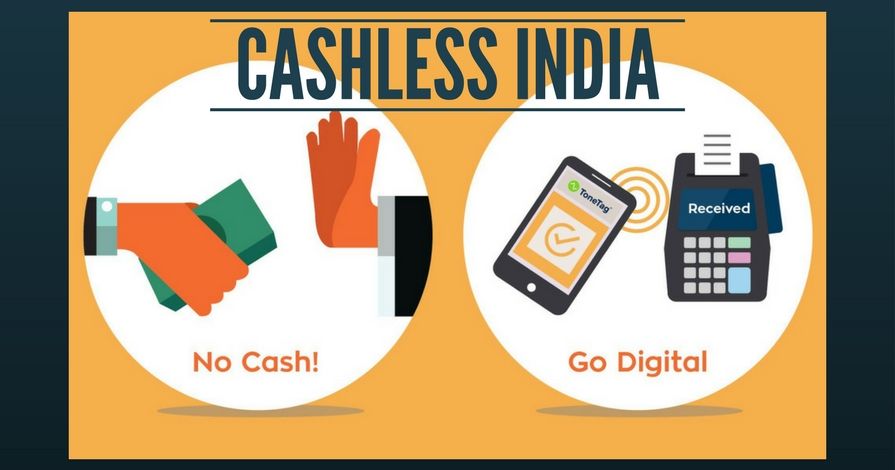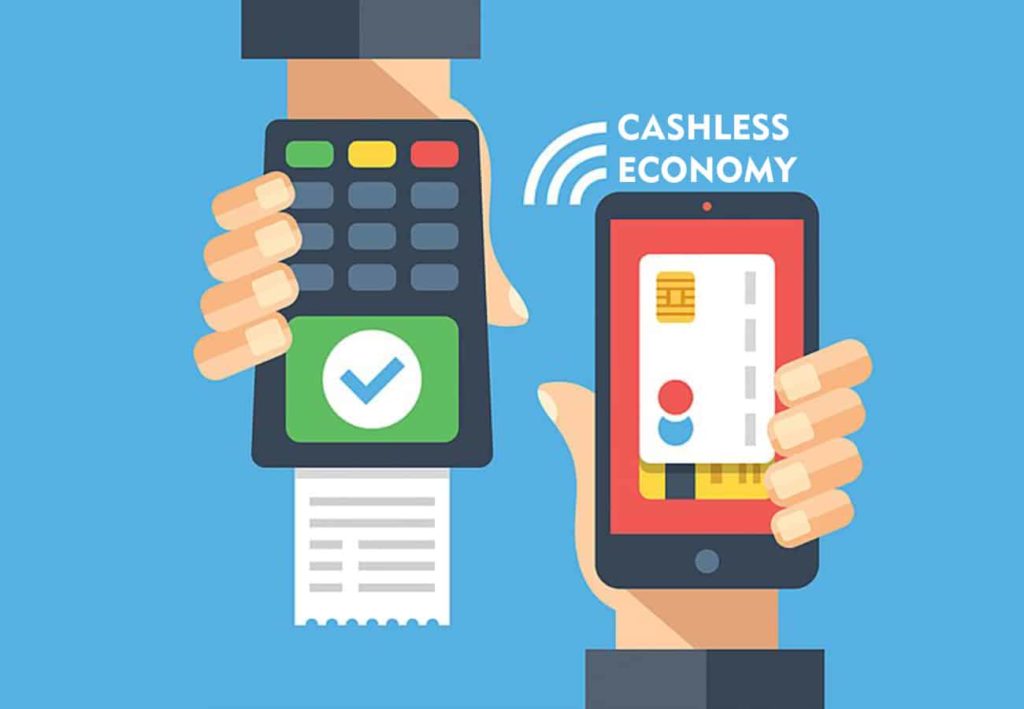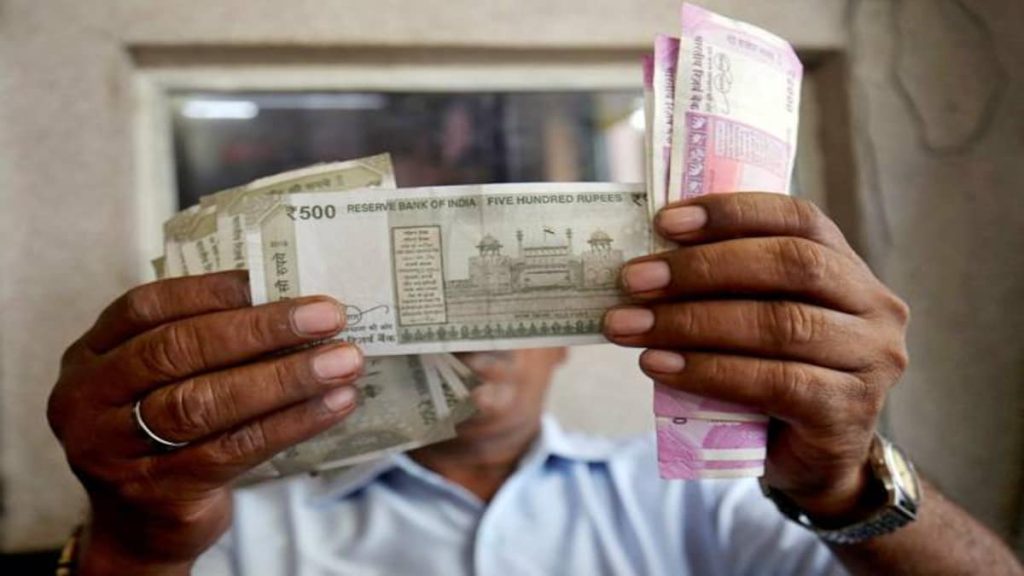India is changing rapidly as a result of the digital revolution, which will have far-reaching effects on the country’s economy and society. India is rapidly moving towards a cashless society because of the proliferation of digital payment methods and developments in financial technology.

Increased Use of Electronic Payment Methods
The government’s push for digital payments, spearheaded by the “Digital India” project, has been the driving force behind this shift. This bold initiative has made great achievements in increasing internet access and smartphone penetration across the country, with the ultimate goal of empowering residents through digital technology.

This has led to the meteoric rise of digital payment systems like the Unified Payments Interface (UPI), mobile wallets, and banking applications. The use of UPI in particular has increased dramatically, with millions of transactions now being performed every day. The widespread use of digital payment systems in India has helped expand access to banking services while simultaneously decreasing the country’s reliance on cash.
Results for Financial Inclusion
Increased financial inclusion is one of the greatest achievements of India’s digital revolution. Through their mobile devices, millions of formerly unbanked and underbanked people now have access to essential banking services. Jan Dhan Yojana, which sought to provide every family with a bank account, fits snugly into the digital payment ecosystem, allowing even the most out-of-the-way communities to take part in the formal economy.
Progress in Financial Technology
As the need for digital financial services has increased, the fintech industry in India has grown rapidly. Financing, protection, investments, and payments are just some of the many services that tech-savvy businesses are now able to provide. Jobs have been generated, and a lot of investment, both local and foreign, has been drawn to this thriving environment.
Initiatives and Regulations from the Government
The government of India has taken the initiative to foster the growth of the digital financial sector. The Reserve Bank of India (RBI) and other regulatory organisations have simplified Know Your Customer (KYC) rules and established regulatory sandboxes to promote innovation in order to ease the transition to digital payment systems.

Assigning a unique number to each person through the government’s “Aadhaar” project has also been essential in improving security, cutting down on fraud, and authenticating identities in financial transactions.
Problems and Issues
The digital revolution in India is unquestionably revolutionary, but it is not without its difficulties. There is still a need to address issues like cyber security, data privacy, and the digital gap between urban and rural regions. It is difficult to ensure that everyone, including those with limited access to technology or digital literacy, can reap the benefits of digitalization.
How India Will Eventually Go Cashless
The movement towards a cashless society in India is only getting started, but its momentum is already strong. People rushed to find contactless payment methods after the COVID-19 epidemic. In the next years, India is expected to experience even bigger movements away from cash as technology and infrastructure continue to grow.

A cashless society would have several advantages, including less illegal activity, more openness, better tax compliance, and wider access to credit. If India stays on its current course, it will not only revolutionise its own economy but also serve as an example of how a large and varied country can use digital financial technology to promote widespread prosperity.

